序章
Whether it is a bustling commercial center or a quiet indoor space, they attract our attention with their unique charm.
But have you ever thought about the differences between indoor and 屋外用 LED ディスプレイ? This article will unveil this mystery for you.
目次
Difference 1: Difference in the installation environment of LED displays
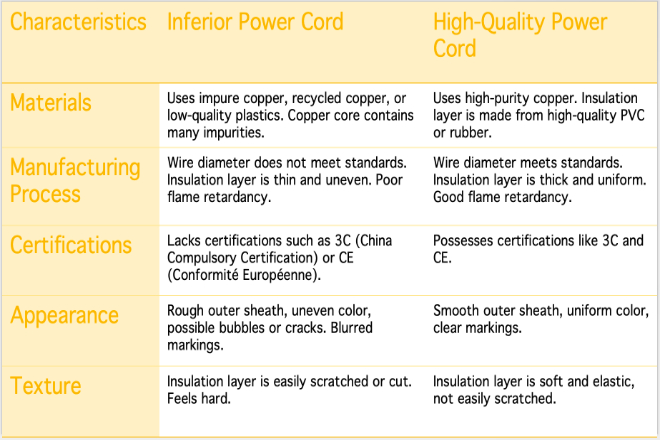
1). Brightness requirements
The indoor ambient light is relatively soft, not as glaring as the direct sunlight outside, so the 屋内用 LED ディスプレイ screen does not need to be too bright, generally 300-800 nits is enough.
For example, in a shopping mall, conference room, or classroom, this brightness allows everyone to see clearly without hurting the eyes.
It is different outdoors, especially when the sun is directly shining during the day, the light is particularly strong.
If the display screen is not bright enough, you can’t see the content on it clearly.
したがって、 輝度 of outdoor LED displays is much higher, usually reaching 5000-10000 nits or even higher.
Like the advertising screen on the side of the road, only when the brightness is high enough can passers-by see the advertising content clearly.
2). Viewing angle requirements
Indoor display screens are mainly for people who are close to them, and the audience may watch from different angles.
For example, in an 展示 hall, people may turn around the display screen.
Therefore, the viewing angle of indoor display screens should be wider, so that no matter which direction you look at it from, you can see a clear picture.
Outdoor display screens are mainly for people far away to see the content, such as in a square or on the roadside.
Because the distance is relatively far, the 視野角 does not need to be too wide, as long as it can be seen from the front and a slightly offset angle.
This can also make the picture clearer and will not be blurred due to a wide viewing angle.
3). Other environmental factors
- 屋内:
The indoor environment is relatively clean, with less dust and water.
However, in order to prevent accidents (such as accidental water spillage or dust accumulation), indoor display screens will also have some waterproof and dustproof designs, but the requirements are not so high.
Generally, it can prevent dust and splashing water.
- 屋外:
Outdoor is much more complicated, and you may encounter rain, wind, and dust flying all over the sky.
Therefore, outdoor display screens must have strong waterproof and dustproof capabilities, otherwise they are easy to break.
For example, at the seaside or in places with strong winds and sand, waterproof and dustproof capabilities are even more important.
- 屋内:
The indoor temperature is relatively stable, and there are usually air conditioners or heaters.
So the display screen does not need to worry too much about temperature issues as long as it can adapt to normal room temperature.
- 屋外:
The temperature outdoors varies greatly; it may be very cold in winter and very hot in summer.
Therefore, outdoor display screens must be able to withstand such temperature changes. Otherwise, it is easy to have problems.
In short, the indoor and outdoor environments are very different, so the design of LED display screens must also be adjusted according to these differences, so as to ensure that they can work normally in their respective environments.
Difference 2: Content characteristics of LED display screens
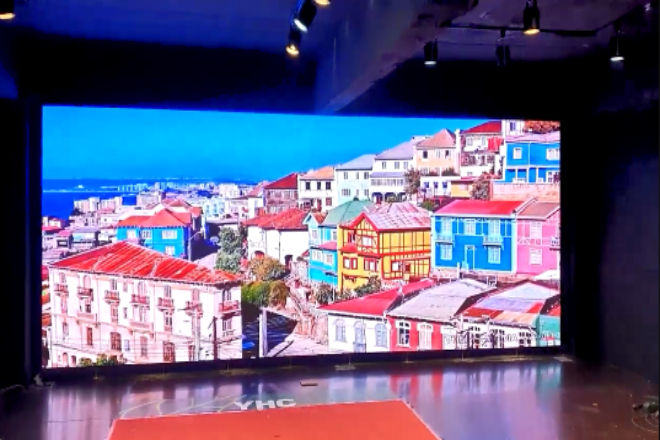
1). Content of indoor display screens
The application scenarios of indoor display screens are too wide, not only in companies but also in ショッピングモール.
For example, brand stores in shopping malls often use LED screens to display new products or play attractive videos during promotional activities.
There are also exhibition halls, where artworks or high-tech products are displayed, and LED screens are also used to introduce the background of the work or the function of the product.
1.1). Content features:
- Very rich:
Indoor display screens have everything, including text, pictures, videos, and even interactive content.
For example, in a shopping mall, you may see a screen showing high-definition pictures of new bags, with text next to it describing its material and price.
Or, in a showroom, you may see a screen playing a video introducing the product, allowing you to understand it more intuitively.
- Color and details are important:
Because the audience is close, the color reproduction and details must be good.
Imagine that if the pictures of jewelry are displayed in a shopping mall, the color is not accurate, or the details are blurred, then customers will definitely not be interested.
Therefore, the content of indoor display screens must be colorful and detailed to attract people.
- Large and accurate information:
In many cases, indoor display screens need to convey a lot of detailed information.
For example, in a classroom, a teacher may use a screen to display some complex charts or text materials.
In a shopping mall, a brand store will display the detailed parameters of the product so that customers can see it at a glance.
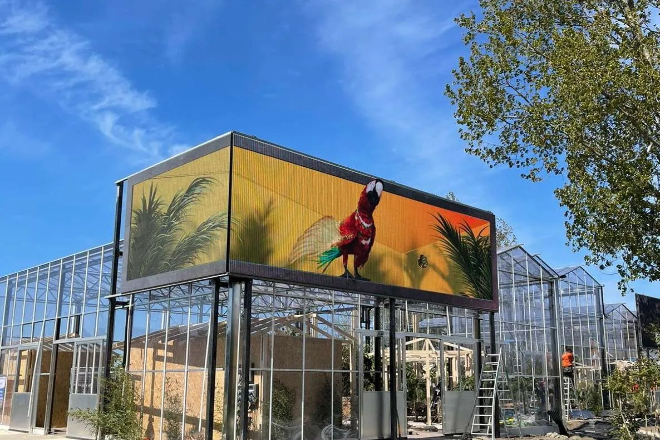
2). Content of outdoor display screens
Outdoor display screens are even more different. Think about it: those advertising screens on the roadside or the super-large display screens in the square, their main task is to attract the attention of passers-by.
Therefore, you have to work hard on the content design.
2.1). Content features:
- Large characters and dynamic images:
The content of outdoor display screens is usually large text or dynamic images. Because the audience is far away, the small characters can’t be seen clearly.
For example, when you walk on the street, you see an advertising screen with large characters such as “New Products” and “Limited Time Offers” scrolling.
Or a dynamic video advertisement showing the use scenario of the product, so that people can notice it at a glance.
- High-contrast images:
The outdoor environment has complex light, especially when the sun is directly shining during the day; the content on the screen is easily “drowned.”
Therefore, the content contrast of outdoor display screens must be high, such as using a very dark background with very bright text, or using bright colors to attract people.
Eye-catching is the key:
The most important goal of outdoor display screens is to make people stop. Therefore, the content design will use very exaggerated picture effects or very bright colors.
For example, you may see a huge hamburger spinning or a super cool car speeding on an advertising screen, and these images are very attractive.
Difference 3: Difference in color performance of LED display screens
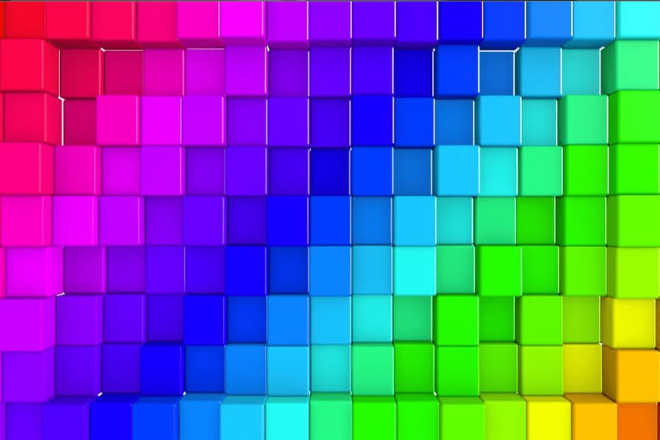
1). Color performance of indoor display screens
Indoor display screens are mostly used in environments with relatively soft light, such as shopping malls, 展示 halls, and conference rooms.
Because the light is not glaring, the display screen does not need to be particularly bright, and a lower brightness can make the colors look more delicate.
1.1). Delicate colors:
At low brightness, the color performance of indoor display screens is particularly good, and can show a very rich color level.
For example, when displaying cosmetics in a shopping mall, the lipstick color on the screen can be accurately restored, and the transition from light pink to dark red is also very natural.
1.2). High color reproduction:
This display screen is suitable for displaying things that require details, such as exquisite pictures, works of art, or high-definition pictures of products.
For example, when displaying a painting in an exhibition hall, the color on the screen is almost exactly the same as the original painting, and even the shadows and highlights in the painting can be well displayed.
2). Color performance of outdoor displays
Outdoor displays are completely different. They are mostly used in places such as roadsides and squares, where the sun shines directly during the day, and the light is particularly strong.
In order for people to see the content clearly in this environment, the display must be very bright. When the 輝度 is high, the color performance will also be different.
2.1). Higher color saturation and contrast:
In order to make the content visible even in strong light, the color saturation and contrast of outdoor displays will be adjusted very high.
For example, the blue on the screen will appear particularly blue, the red will appear particularly red, and the black-and-white contrast will be very strong.
In this way, the picture can be very eye-catching, even in the sun.
2.2). Some color details may be sacrificed:
Although the colors look bright, some subtle color levels may be “covered” because of the high brightness.
For example, when showing a landscape painting, the sky in the picture may look like a very bright blue, rather than the natural blue with varying shades.
However, this sacrifice is to ensure that the picture is still clearly visible in strong light and can be noticed at a glance.
Difference 4: Resolution requirements of LED display screens
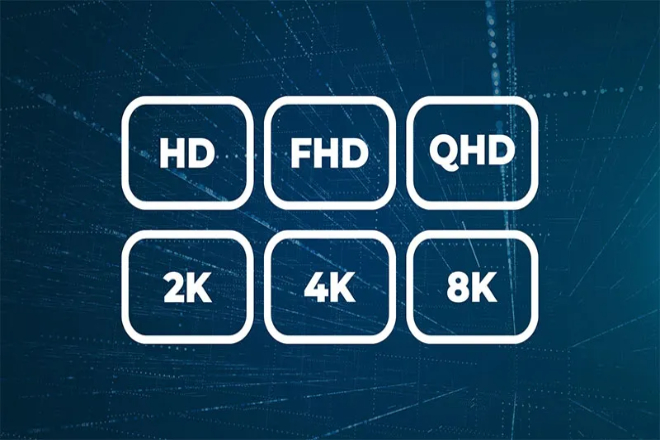
1). 解決 requirements of indoor display screens
Indoor display screens are used in places such as shopping malls, exhibition halls, and conference rooms.
The audience is very close to the screen, which may be only two or three meters or even closer.
In this case, if the screen resolution is not high enough, the audience can easily see the graininess of the picture, just like looking at a blurry photo.
1.1). High pixel density:
In order to make the picture look clear and delicate, indoor display screens usually use screens with higher pixel density.
For example, P1.5 or P2 screens, these screens have very dense pixels, and the picture looks very smooth, without the feeling of “mosaic”.
1.2). Suitable for close viewing:
For example, when displaying high-definition pictures of new products in shopping malls or playing PPTs in conference rooms, the audience is very close to the screen.
The high-resolution screen allows them to see every detail clearly, and the text will not be blurred.
2). Resolution requirements of outdoor display screens
Outdoor display screens are different. The audience is far away from the screen, which may be more than ten meters, dozens of meters, or even farther.
In this case, the screen does not need a resolution that is too high because the audience can’t see the subtle differences at all.
2.1). Larger screen size:
Although the resolution requirement is not that high, the outdoor display screen needs a larger screen size so that people far away can also see the content clearly.
For example, the advertising screen on the side of the road has a large screen, and the text and pictures on it are also very eye-catching.
2.2). Commonly used specifications such as P5 and P10:
The pixel pitch of these screens is relatively large. For example, the pixel pitch of the P5 screen is 5 mm, and the pixel pitch of the P10 screen is 10 mm.
Although it doesn’t look so delicate because the audience is far away, it does not affect the viewing effect at all.
Difference 5: Protection level and durability of LED display screens
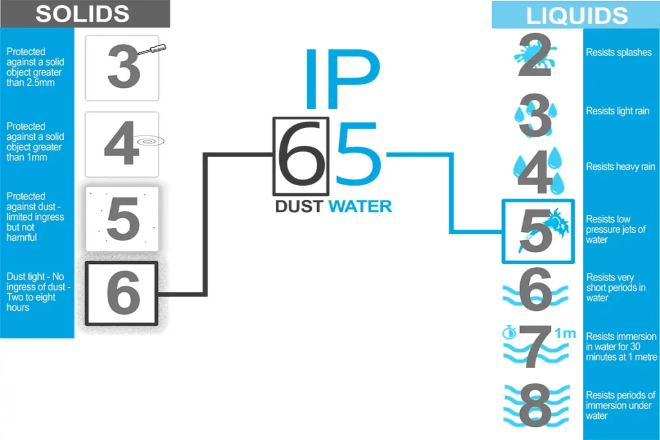
1). Protection requirements for indoor display screens
Indoor display screens are generally used in places such as shopping malls, offices, and classrooms.
The environment is relatively “gentle” and not as complicated as the outdoors. However, although the environment is good, there are still some things to pay attention to:
- Dustproof:
There will be dust indoors, especially in places like shopping malls or exhibition halls where people come and go. Over time, dust will accumulate on the screen and affect the picture effect.
- Anti-static:
Static electricity is also annoying, especially in dry seasons, static electricity may absorb dust and even damage the electronic components of the screen.
- 保護レベル:
Generally speaking, the protection level of indoor display screens is between IP20 and IP30. This level can prevent dust and block static electricity, which is basically enough.
2). Protection requirements for outdoor display screens
Outdoor display screens are completely different! They have to face all kinds of bad weather and environments and can be said to be “wind and rain-proof”:
- Waterproof:
屋外で最も恐ろしいのは雨の日です。スクリーンが防水加工されていない場合、大雨で「壊れてしまう」可能性があります。
したがって、屋外ディスプレイスクリーンは防水性を備え、小雨や大雨に関係なく正常に動作する必要があります。
- Dustproof:
屋外、特に強風や砂地では埃が多く、埃が画面の放熱孔を塞いで寿命に影響を与える可能性があります。
- UVカット:
太陽の紫外線は非常に強力です。長期間さらされると、画面が劣化し、色あせ、さらには表面が損傷することもあります。
- 雷保護:
屋外に設置されるディスプレイスクリーンは、通常、高さも大きさも大きく、雨天時には落雷の被害を受けやすいため、避雷対策も非常に重要です。落雷によってスクリーンが破損してしまう可能性があります。
- 保護レベル:
屋外ディスプレイ画面は多くの過酷な条件に対応する必要があるため、保護レベルは通常 IP65 以上になります。
このレベルは、防水・防塵だけでなく紫外線や落雷にも強いという、まさに「完全武装」と言えるレベルです。
違い6:LEDディスプレイ画面のエネルギー消費と放熱
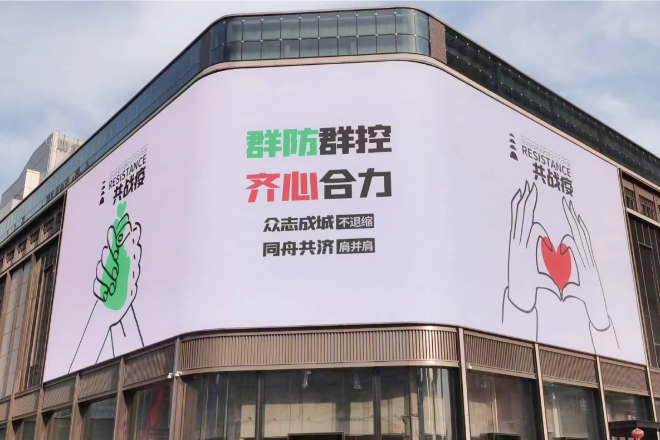
1)屋内ディスプレイのエネルギー消費と放熱
屋内ディスプレイ画面が使用される環境は比較的快適であり、明るさをそれほど高くする必要がないため、エネルギー消費量は非常に少なくなります。
- 低エネルギー消費:
明るさは低く、電力も当然小さく、消費電力もそれほど多くありません。
例えば、P2の屋内ディスプレイスクリーンは数百ワットの電力があり、電気の使用については非常に安心です。
- 低放熱要件:
電力は小さく、発生する熱も小さく、放熱要件は高くありません。
一般的には、自然な放熱や小型ファンの設置で解決できます。シンプルで安心、そして騒音も発生しません。
2)屋外ディスプレイのエネルギー消費と放熱
屋外ディスプレイは異なります。太陽光と「戦う」必要があるため、輝度を高くする必要があり、消費電力が非常に高くなります。
- 高いエネルギー消費:
高輝度は高電力を意味します。例えば、P5屋外ディスプレイは数キロワットの電力を消費し、驚くほどの電力を消費します。
画面が大きくなるほど、消費電力も大きくなります。
- 効率的な放熱の必要性:
高出力はより多くの熱を発生します。熱が時間通りに放散されない場合、画面は「発熱」したり、焼損したりする恐れがあります。そのため、屋外ディスプレイには効率的な放熱システムが不可欠です。
例えば、大きなファンで空気を送り出して熱を放散させたり、車の水冷システムのように水冷方式で熱を放散させて熱を奪ったりします。
複雑ではありますが、高温でも画面が安定して動作することを保証できます。
7. 結論
上記の比較から、明るさ、視野角、コンテンツ設計、色彩性能、解像度、保護レベル、エネルギー消費量、放熱性の点で、屋内と屋外の LED ディスプレイ画面には大きな違いがあることがはっきりとわかります。
これらの違いは、使用環境に応じて慎重に調整された結果です。
最後に、LEDディスプレイについてもっと知りたい方は、 お問い合わせください.
